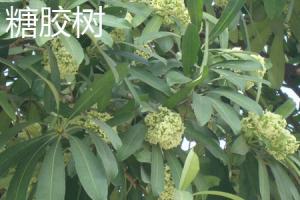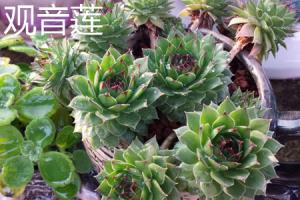How Far Apart to Plant Pleached Trees
Pleached trees are a great way to add depth and height to a garden or outdoor space. These trees are trained to grow along a support structure, creating a dense, living wall that provides privacy and beauty. However, planting pleached trees requires careful consideration of spacing to ensure that each tree has enough room to grow and thrive. If you are wondering how far apart to plant pleached trees, read on for some tips and guidelines.
Consider the Species of Tree
The first factor to consider when determining the spacing for pleached trees is the species of tree being used. Certain trees are naturally more compact and slower-growing, while others are more vigorous and can quickly outgrow their allotted space. For example, hornbeams are a popular choice for pleached trees due to their naturally compact growth habit and ability to tolerate pruning. European beeches are another good choice, as they grow more slowly and have a dense branching structure that is ideal for pleaching. On the other hand, fast-growing trees like poplars and willows should be avoided, as they can quickly outgrow their allotted space and become unmanageable.
Consider the Size of the Support Structure
Another factor to consider is the size of the support structure that will be used for the pleached trees. The support structure should be strong and sturdy enough to support the weight of the trees once they are fully grown. It should also be tall enough to allow for the desired height of the pleached trees. Once you have determined the height and size of the support structure, you can then determine the spacing between each tree.
Determine the Spacing Between Trees
Generally speaking, pleached trees are spaced at intervals of 1 to 2 meters, or 3 to 6 feet, depending on the size and growth habit of the trees. Smaller, slower-growing trees can be planted more closely together, while larger, more vigorous trees should be spaced farther apart. When determining the spacing for your pleached trees, it is important to consider not only the size of the support structure, but also the ultimate size and shape of the trees once they are fully grown.
Additional Tips and Guidelines
Here are some additional tips and guidelines to keep in mind when planting pleached trees:
Choose trees that are healthy and disease-free.
Plant pleached trees in well-draining soil that is rich in organic matter.
Water pleached trees regularly, especially during the first two years after planting.
Prune pleached trees regularly to maintain their shape and promote healthy growth.
Consider the overall design and aesthetic of your garden or outdoor space when choosing which species of tree to use for pleaching.
By following these tips and guidelines, you can successfully plant and maintain a beautiful and healthy pleached tree wall. Take the time to carefully consider spacing and other factors to ensure that your trees thrive and provide years of enjoyment and beauty in your garden or outdoor space.

 how many times do yo...
how many times do yo... how many planted tre...
how many planted tre... how many pine trees ...
how many pine trees ... how many pecan trees...
how many pecan trees... how many plants comp...
how many plants comp... how many plants can ...
how many plants can ... how many plants and ...
how many plants and ... how many pepper plan...
how many pepper plan...

































